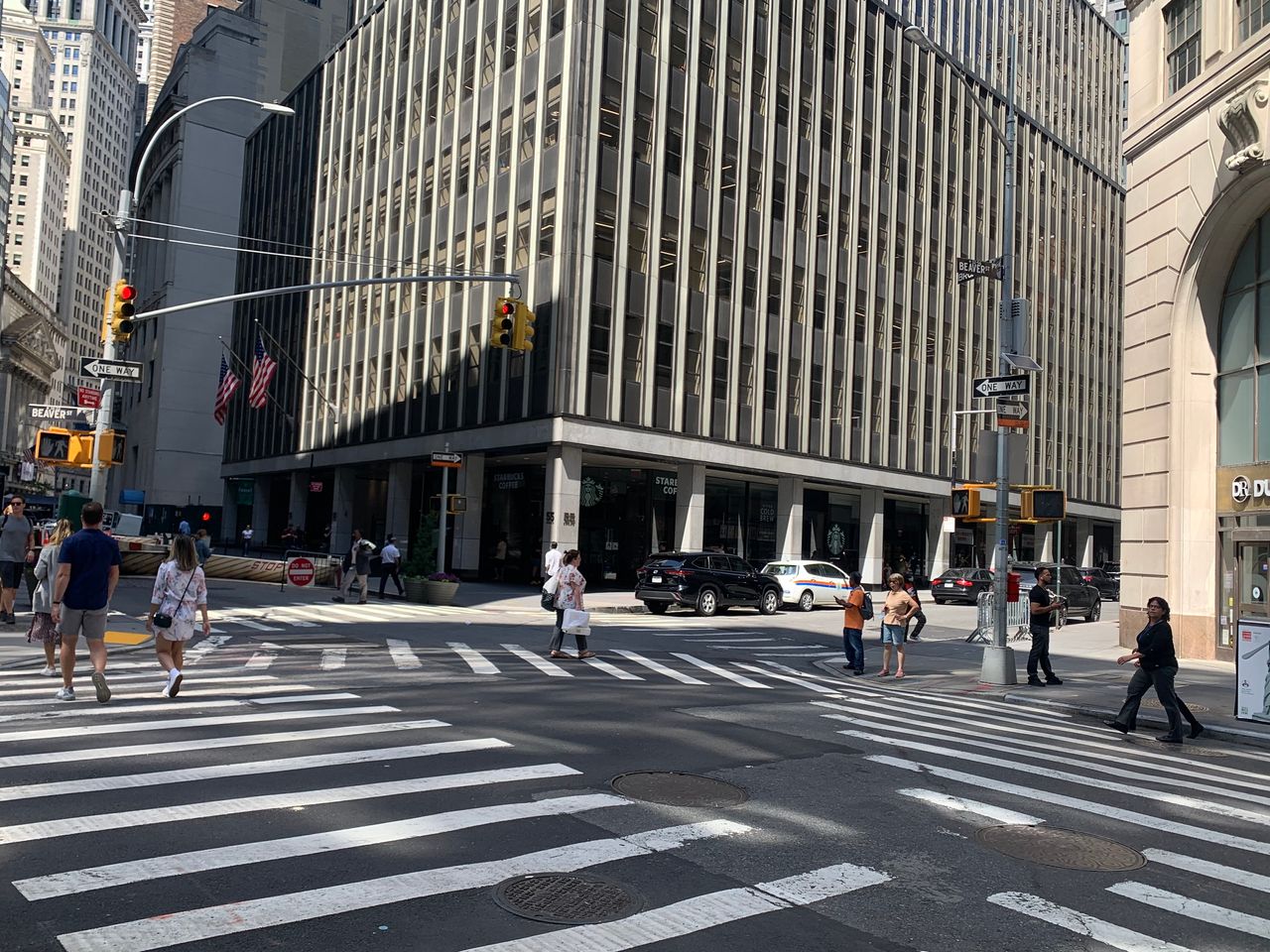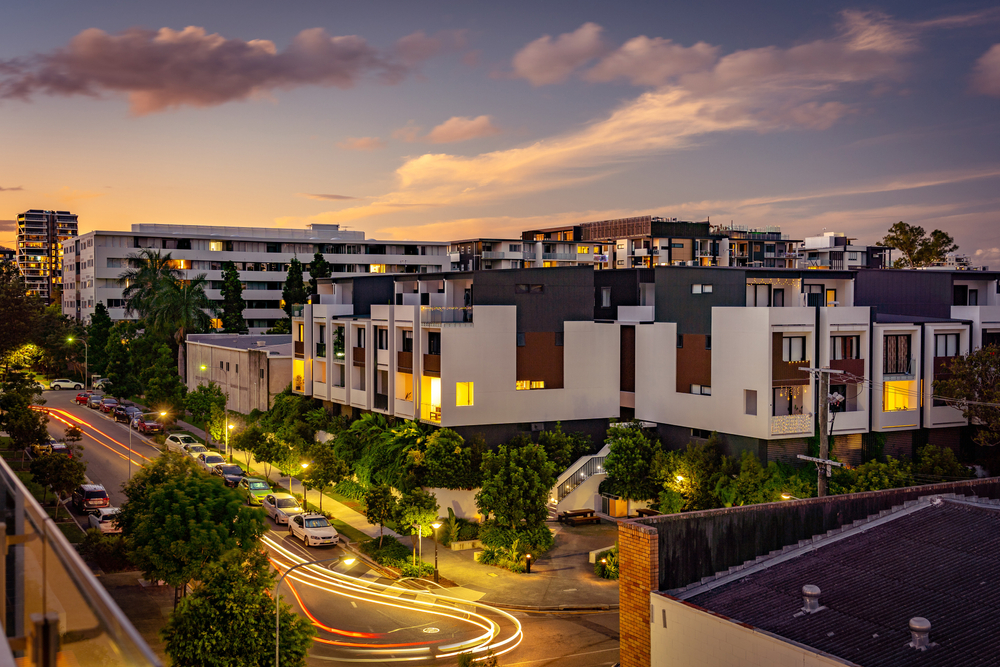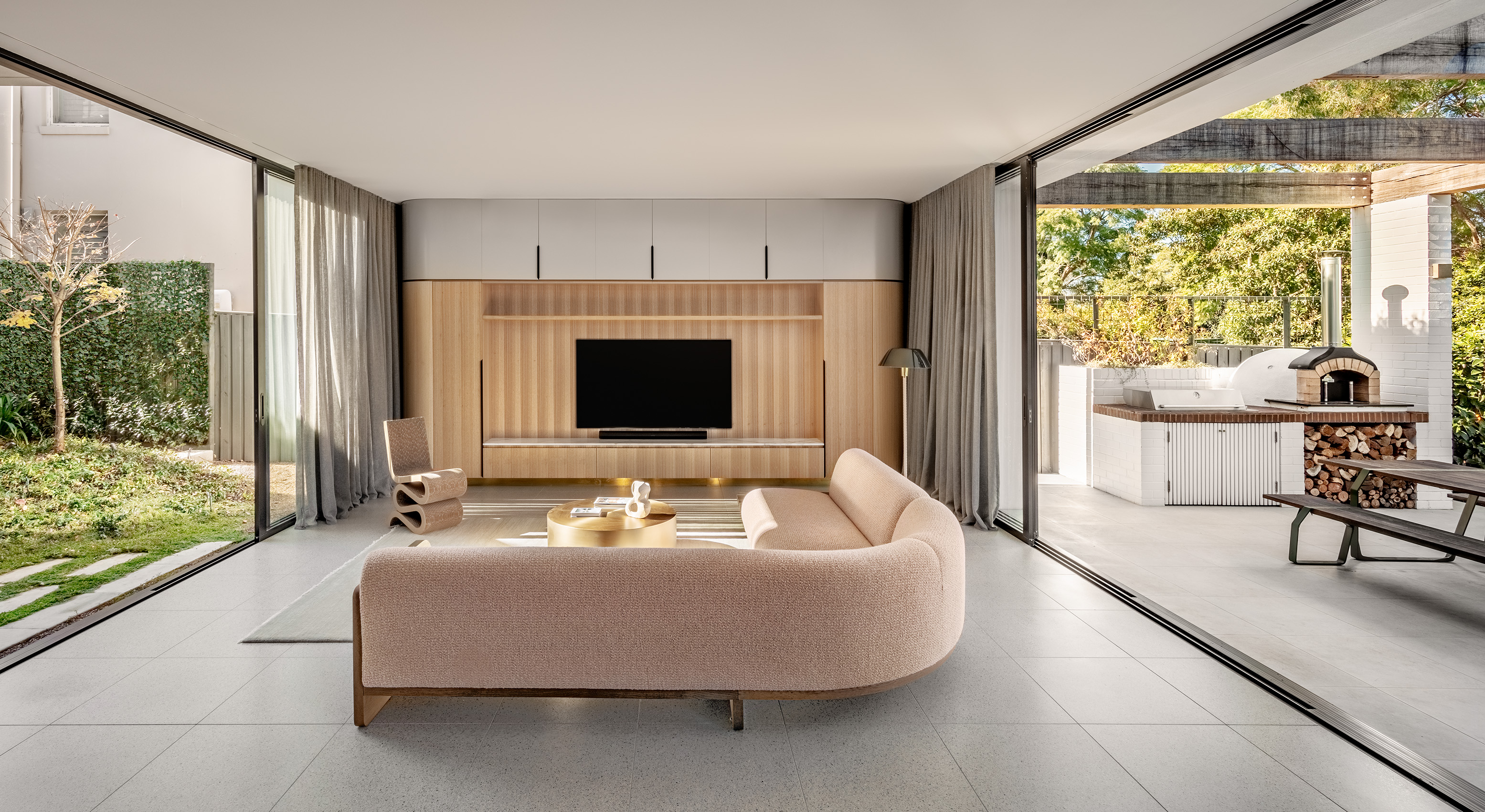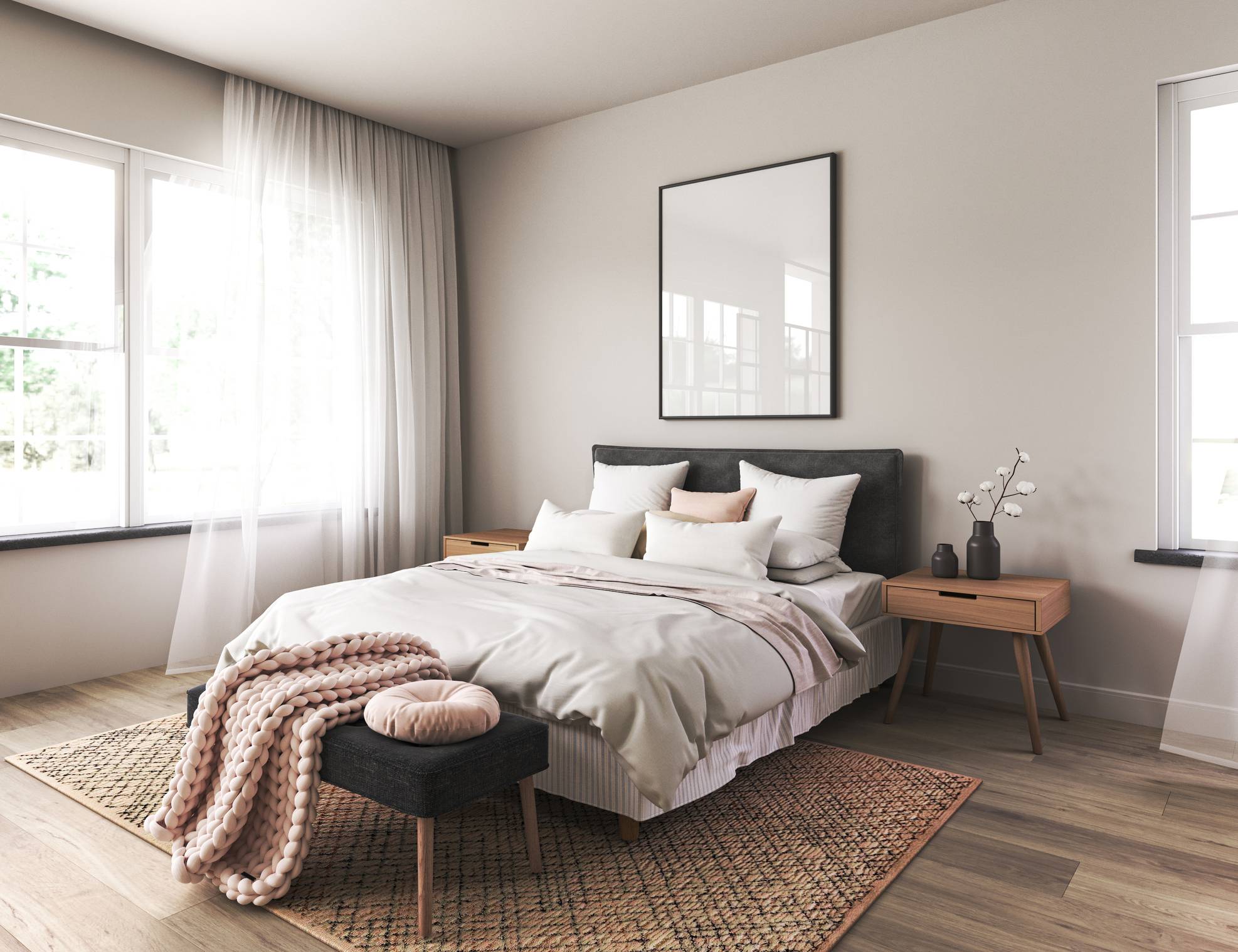Top Office Owners Don’t Want to Own Only Office Buildings Anymore
Apartment-building acquisitions spur quick returns, require ‘minimal capital expenditure’
Many of the most prominent office developers in the U.S. are shifting gears, looking to buy or build real estate that isn’t office.
Boston Properties Inc. is planning to develop 2,000 residential units up and down the East Coast. The firm, which owns more U.S. office space than any other publicly traded company, also is developing millions of square feet of lab and life-science space.
New York office owner SL Green Realty Corp is teaming up with Caesars Entertainment Inc. in a bid to convert a Times Square office tower into a casino.
Even the companies behind some of the world’s most glamorous skyscrapers are seeking out other types of real estate. Empire State Realty Trust, owner of the Empire State Building and other office towers, late in 2021 started adding multifamily properties to its portfolio for the first time. Silverstein Properties, best known for developing the World Trade Center in lower Manhattan, is raising a $1.5 billion fund for converting obsolete office buildings into apartments.
The efforts come as the Covid-19 pandemic and rise of remote work have reordered American habits around the workplace, dimming the importance of office towers that populate city business districts. Shares of publicly traded office owners have broadly declined as investors and analysts worry that the companies’ growth prospects have been hurt by the likelihood of a long-term decline in office demand.
The U.S. office vacancy rate was 12.3% at the end of the third quarter, about where it was at its peak during the global financial crisis, according to data firm CoStar Group Inc. The rates in some major metro areas—including New York, Washington, D.C. and San Francisco—are at the highest levels that CoStar has recorded in more than two decades of tracking this data.
Corporate tenants are flooding the sublease market with office space, the main way to reduce their footprint before their leases expire. About 211.8 million square feet of sublease space is now available, nearly double the amount available compared with the end of 2019, and the highest ever recorded for major office markets, CoStar said.
Companies are also putting off searches for new space as they brace themselves for a possible economic downturn in 2023. New business searches for office space fell in 2022 to 44% of what they were in 2018 and 2019, according to VTS, a firm that operates a data platform that tracks tenant demand.
Other real-estate sectors, especially residential, seem to offer more promise.
“Office is in a state of flux these days,” said Rich Gottlieb, president of Keystone Development + Investment, a West Conshohocken, Pa.-based developer specialising in offices that has four residential projects in the pipeline in South Florida and the Philadelphia region. “But there’s still a housing shortage out there.”
Office developers pivoting toward residential or other property types say they remain bullish on the office business. Many have predicted throughout the pandemic that businesses will return in greater numbers because, they have said, the best collaboration requires face-to-face meetings in a workspace—not over Zoom.
And more recently, office owners can point to encouraging signs, including the growing number of employers who are ordering workers back to the offices and the strong demand for space with the best facilities and locations.
But developing state-of-the art office space requires an enormous capital investment to meet workers’ desire for the highest possible air quality, energy efficiency and amenities.
The economics of the residential business are currently more compelling, said Tony Malkin, chief executive of Empire State Realty Trust. He would still buy office buildings at the right price. But apartment-building acquisitions produce an immediate return and require “minimal capital expenditure,” he added.
An office landlord known as New York City REIT, whose share price has fallen below $2 during the city’s recent office slump, said it was moving beyond a focus on New York office buildings, according to a December filing with the Securities and Exchange Commission. The company said it would seek to acquire hotels and parking lots, among other non-office investments.
The shift away from new office development already is having a moderating impact on new construction. About 153 million square feet of office construction was under way in the third quarter of 2022, down from 184 million in the first quarter of 2020, according to CoStar.
Meanwhile the popularity of residential projects is having the opposite effect on the apartment pipeline. Close to 500,000 units—the most since 1986—are expected to be completed in 2023, according to a CoStar estimate. That is up from 368,000 in 2019, the firm said.
Some office developers began expanding into residential projects in the years leading up to the pandemic. AmTrust Realty Corp., which has a portfolio of about 12 million square feet of office space in Chicago, New York, Toledo, Ohio and other markets, completed its first residential development in 2020, a 270-unit project in Brooklyn.
The pandemic intensified AmTrust’s appetite to do more residential investment, said Jonathan Bennett, president of the family-controlled business. As one example, he noted that AmTrust has owned for years an office building in Tarrytown, N.Y., on a 7-acre site facing the Hudson River.
AmTrust has long considered the building a good candidate for residential conversion. Now, with the Tarrytown building’s vacancy rate high, the company is moving ahead with planning and obtaining local-government approvals for a development with scores of apartments.
“There was so much vacancy in the building, I said to my board, there will be no better time for us to put forward this plan,” Mr. Bennett said. “If this is what you want to do, this is the time to do it.”
 Copyright 2020, Dow Jones & Company, Inc. All Rights Reserved Worldwide. LEARN MORE
Copyright 2020, Dow Jones & Company, Inc. All Rights Reserved Worldwide. LEARN MORE
This stylish family home combines a classic palette and finishes with a flexible floorplan
Just 55 minutes from Sydney, make this your creative getaway located in the majestic Hawkesbury region.
Curb appeal—the attractiveness of one’s property—is everything when deciding to sell, rent, or simply add value to your home. That’s why Australians spend approximately $1 billion per year on property renovations.
“I am seeing smart investors and homebuyers now actively looking to upgrade, capitalising on opportunities in the market,” said Nunzio Bagnato, consultant at Homebuyers Centre Victoria. “It’s no longer just about looking for a specific price point; buyers are willing to pay extra for quality.”
From strategic renovations to expert upgrades, there are many ways in which you can add value to your property, no matter your budget. Whether you’re a seasoned investor looking to maximise returns, or a savvy homeowner wanting to spruce up your living space, look to these 10 ideas for maximising your home’s aesthetic and appeal…and in the process, add value to your property.
—
1). A fresh paint job goes a long way
A fresh coat of paint applied to tired walls, whether on the exterior or interior, can do wonders for your home says interior designer and stylist, Jono Fleming.
“Give your space a makeover with paint to create a fresh and elevated look. This is an accessible tool to introduce colour into your home, which serves to transform the mood and feeling of a space,” he says.
“Colour is an incredibly powerful design tool, however itʼs incredibly important that the end result feels grounded and draws people into the space. I recently refreshed a bedroom in my family’s farmhouse using Fantan and Canyon Cloud from the 2024 Dulux Colour Forecast Muse palette, which has converted the space into a vibrant retreat filled with warmth and new life.”
Besides the obvious — paint acts as a protective barrier against the elements such as rain, UV rays, and moisture — a fresh paint job can immediately add value to your home. If you have some minor imperfections, such as cracks or dents, spend some time on prep before you paint for a better finish and a more durable result. For exteriors, lighter colours are a surefire winner.
“There’s a lot of interest generated from colours; a neutral palette appeals to a broader range of buyers,” says Mr Bagnato.
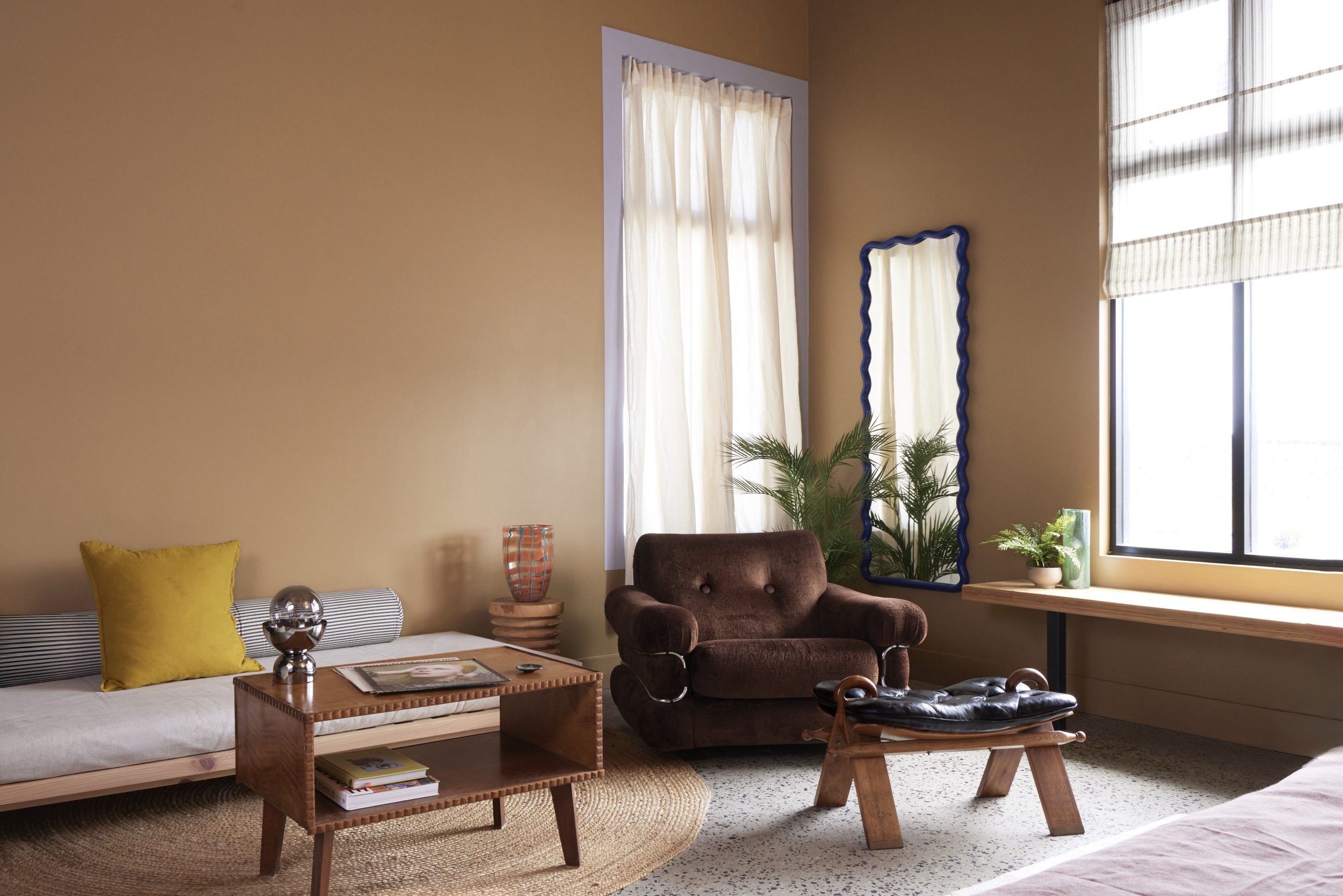
2). Landscape the garden
A well-kept, manicured garden can add thousands of dollars to the value of your home. If we learned nothing from the pandemic, it’s the value of a private, well-designed outdoor area. Spending time on landscaping your front garden will not only enhance street appeal, but can also increase the functionality providing areas for relaxation, entertaining, and recreational purposes across the site.
A well-designed garden including green space, paved areas, room for entertaining and water features, can also increase your property value by up to 20 percent, according to a study conducted by the University of Western Australia. For smaller areas such as apartments or townhomes, consider seeking help from a gardening specialist who can advise on the best pots, plants and flowers depending on the orientation and soil type of your garden.

3). Your home’s facade says a lot
The very first thing that people will see when looking to purchase their next property is the facade. Even when people are searching online, it’s often the very first image shown on a listing, and one that can make or break a property in a matter of seconds. A visually appealing frontage can set your home apart from neighbours, and can really set the tone for what visitors, future buyers, or investors can expect when they walk through the door.
Patrick Cooney, director of sales at Melbourne-based Milieu Property, agrees that the facade of a home leaves people wanting more.
“The vast majority of people only ever get to see and experience the exterior of a building,” he says. “This is an advertisement for those who walk and drive past. Having amazing architecture and landscaping leaves people wanting to know more.”
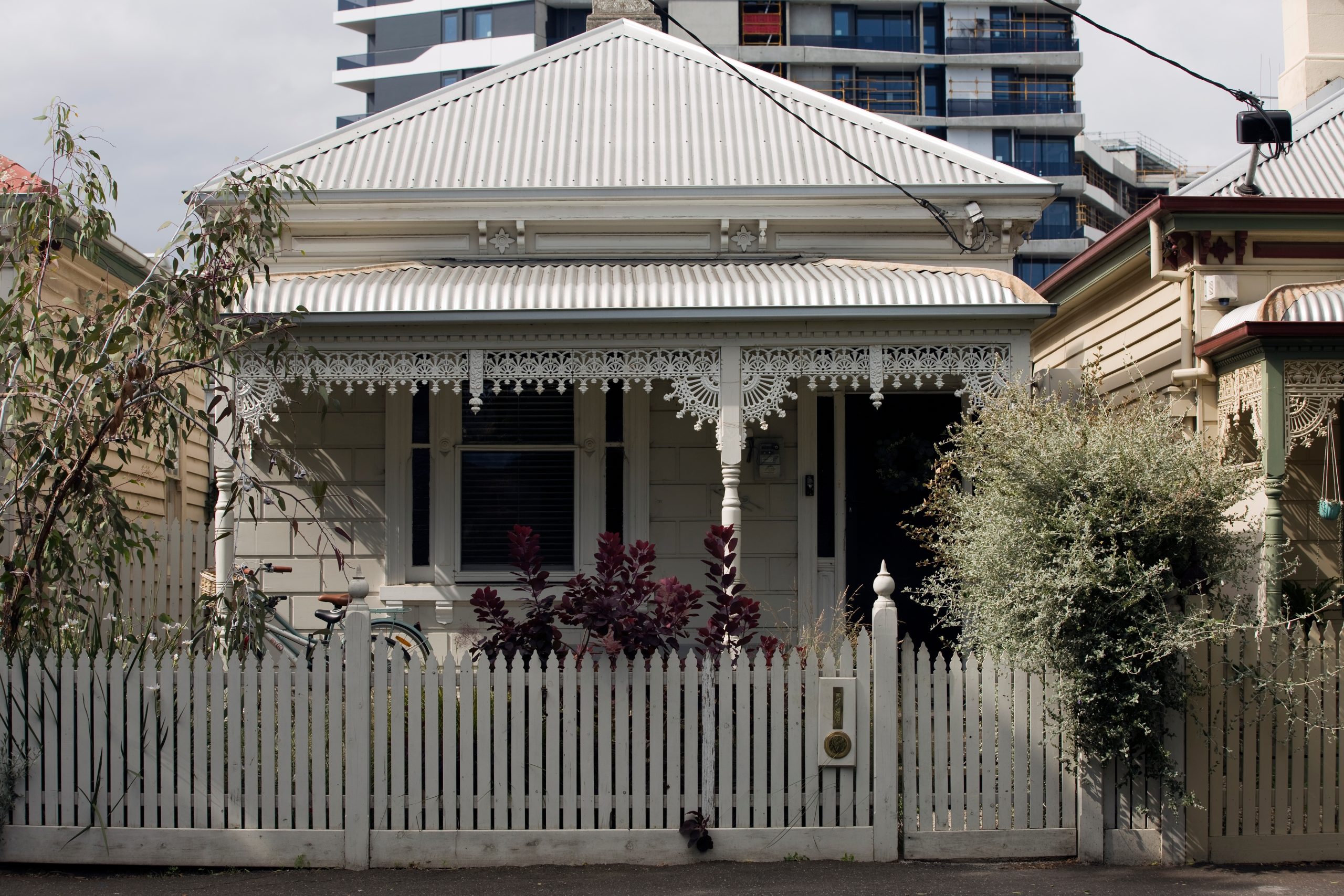
4). Who doesn’t love new flooring?
It’s always immediately apparent when a vendor has spent the time and money upgrading their home’s flooring. Besides changing the look and feel of your interiors, investing in high-quality flooring materials, such as sustainable wooden floorboards for common areas such as your living and dining space, and carpet for bedrooms, can immediately increase the perceived value of your home.
One factor to keep in mind is that upgrading your flooring is not only a costly exercise but a disruptive one at that, so careful planning is encouraged.
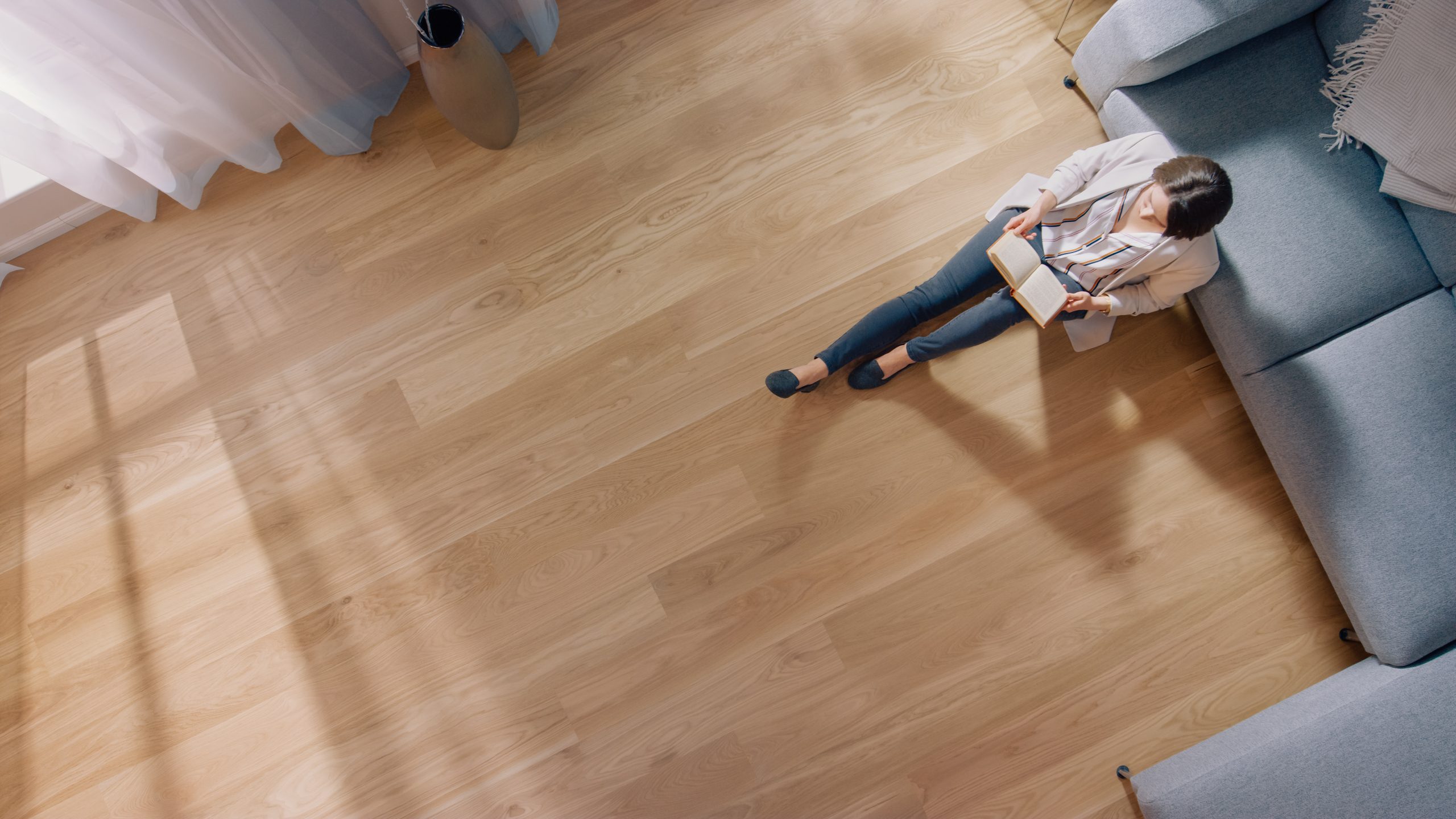
5). Add that new kitchen
Should homeowners ever consider the need to renovate their homes, the kitchen is often top of the list. However small or large, adding a new kitchen to your home can do a lot for adding value to your home. Why? Recent studies conducted by OnePoll suggest that individuals spend over 1000 hours a year in their kitchen. Whether it’s preparing meals, eating meals, or working from the kitchen bench top, having a kitchen that is accessible, practical but also aesthetically pleasing is every home owner’s dream. Costs vary widely but be aware that there’s not a lot of economy of scale involved. Designing and installing a small kitchen often doesn’t cost significantly less than a larger one.
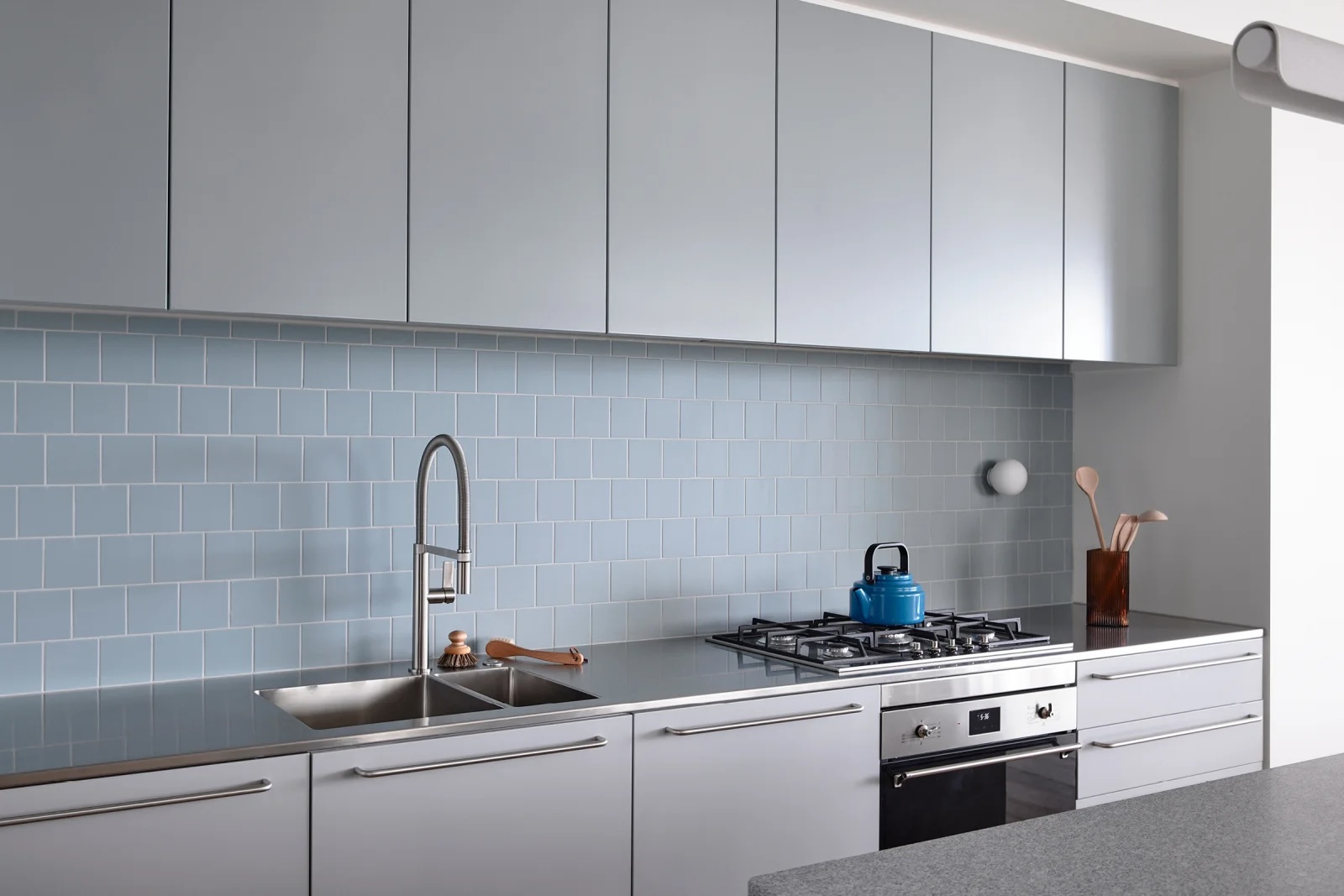
6). Consider art and furnishings
Another great way to elevate the look and feel of your home—and add value in the process—is through the addition of decorative pieces and furnishings.
“Art, display books and uniquely shaped vessels add interest and are an easy way to introduce colour, achieving a cohesive palette,” Mr Fleming says.
Avoid generic prints and go for something bolder, like vintage advertising posters to add personality to the room. Original art, sourced either directly from the artist, through galleries or at auction is a great way to add a luxe feel to a room. Beyond solid walls, Mr Fleming says window coverings can also benefit from the right dressing.
“Curtains, in particular, are often overlooked as an interior design tool, but theyʼre such an easy way to add colour to your space without it feeling too permanent and can completely change the ambiance or mood within a space.”

7). Upgrade your bathroom
After the kitchen, bathrooms are high on the priority list for buyers. If you’re planning on selling soon, you can make a considerable difference by taking small steps; replacing older sinks and toilets, upgraded hardware and new lighting can instantly transform your bathroom. If you’re planning to stay, or you’re keen to create that ‘wow’ factor for would-be buyers, opting for additions like a double vanity, walk-in shower, bathtub, or simply choosing premium materials such as marble or other natural stone, can all make a significant difference to the value of your home.
If you have more than one bathroom to renovate, consider mixing up materials and fittings while staying with the same colour palette for a cohesive look.
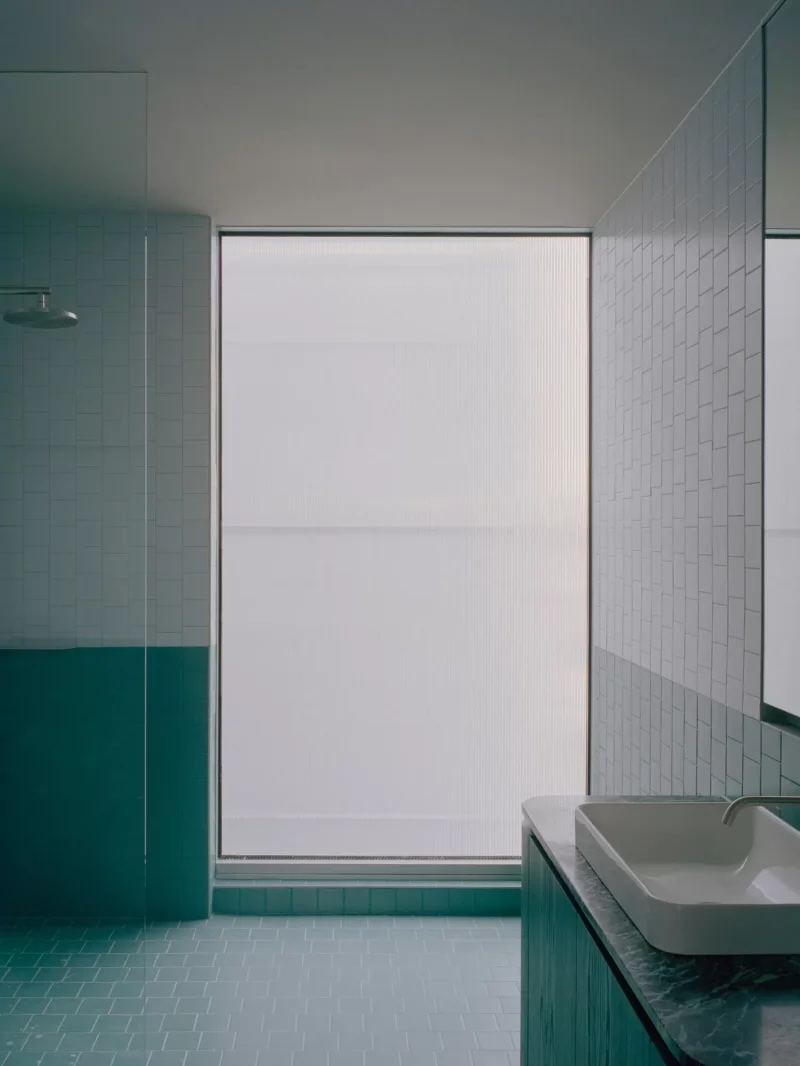
8). Be inventive, add storage
Storage—or the lack thereof—is something all homeowners have to deal with. For many first homebuyers or renters, storage is likely one of those additions worth its weight in gold. So, as a homeowner, adding thoughtful and meaningful storage solutions can go a long way in adding appeal to prospective buyers.
“Smart storage solutions can change one’s home from a nice home to a great home. The majority of people have a plethora of ‘stuff’ and finding a place for these are key,” said Mr Cooney.
“Whether its dropping off your keys and a dog lead in your welcome station by the front door, to having an appliance nook for your coffee machine and toaster, or ensuing you have the basics like adequate bathroom storage that accommodate a hair dryer, these are all incredibly important considerations.”
9). Is your home ‘smart’?
Integrating ‘smart’ technology is something we’re likely to see more homeowners do. While the outlay and time spent in setting up a smart home can deter some, considering things like integrated security systems, sensor blinds, keyless entry systems, smart lighting controlled via your phone, and indoor/outdoor entertainment systems can appeal to tech-savvy buyers (and ultimately increase your property’s value).
“Smart tech for the home can be pushed as far as people are wanting. At Milieu, we generally now include smart locks, smart parcel lockers, energy monitoring and number plate recognition access to basements to our new developments,” said Mr Cooney.
“In our last three projects, we have specified VZug appliances which can also be controlled from the touch of your phone.”
10). Sustainability is key
As we all look to add sustainable measures to our homes for a better, brighter, and greener future, energy efficiency in and around our homes will only become increasingly sought-after among home buyers. This can be done by installing solar panels or energy-efficient windows and doors, installing skylights, opting for appliances that save on power, and increasing ways that save on utility bills, like swapping gas for electric induction stovetops.
“Buyers are highly focused on sustainability and future-proofing their homes,” said Mr. Cooney. “Highly sustainable buildings, with EV provisions are key. People place a premium for sustainability and especially EV charging – the mindset has change from, ‘I may get an electric vehicle’ to ‘when I get an electric vehicle’.”
Adding an EV charging station, should you own a hybrid or electric vehicle, is a great initiative to consider for your home. Not only can an EV charging station power your vehicle, but its power can also be offset to power parts of your home.

—
Just 55 minutes from Sydney, make this your creative getaway located in the majestic Hawkesbury region.
Consumers are going to gravitate toward applications powered by the buzzy new technology, analyst Michael Wolf predicts









